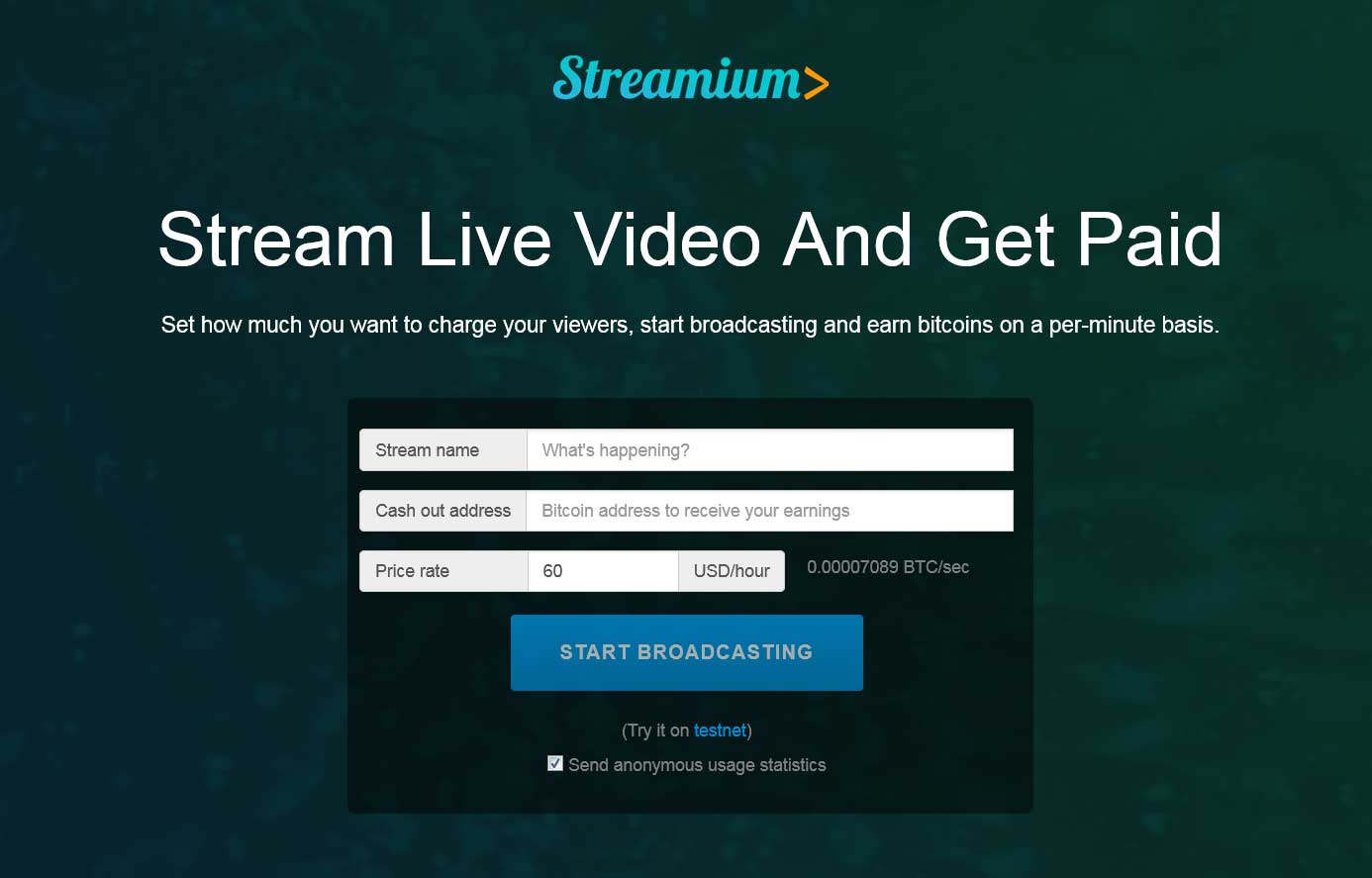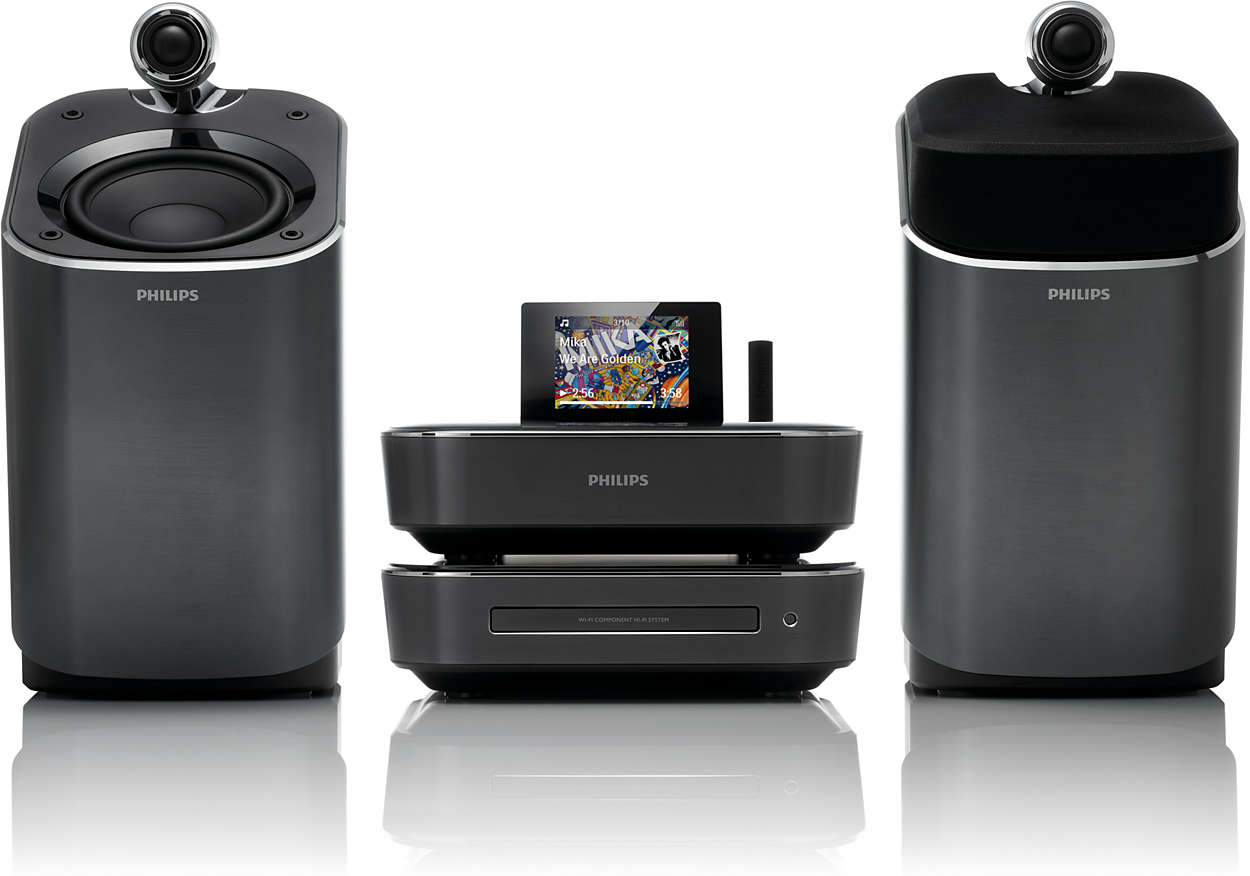For anyone who enjoys watching shows and films online, it's almost a common thing to feel a little overwhelmed by all the different places content lives. You might have one app for movies, another for live sports, and yet another for your favorite series. This can make finding what you want to watch a bit of a chore, really. It’s like having a bunch of remote controls, each for a different part of your entertainment setup, which is not always the most convenient way to enjoy things.
Picture this, though: a single spot where all those various viewing options could come together. A place where you could simply open one program and see everything you pay for, or perhaps even discover new things from various sources, without having to switch between applications constantly. This idea of bringing everything under one roof, so to speak, offers a much more relaxed and straightforward way to handle your digital entertainment collection, making it easier to just sit back and watch.
This kind of open approach to watching things on screens, which also includes a way to record what you like in the cloud, gives people the ability to pull all their favorite streaming channels into one simple view. It also gives those who create and put out shows a straightforward way to introduce new channels. This setup, you see, aims to make the whole process of finding and watching what you enjoy much less complicated for everyone involved.
Table of Contents
- What is Streamium, anyway?
- Bringing Your Shows Together with Streamium
- How Did Streamium Get Its Start?
- Where Can You Experience Streamium?
- Streamium Across Many Devices
- Are There Any Hurdles with Streamium?
- The Particulars of Streamium's Connections
What is Streamium, anyway?
So, what exactly is this thing called Streamium? Well, it's a kind of open system for watching television programs and other content that comes to you over the internet. Think of it as a central spot where you can gather all the different places you get your shows from. It also comes with a feature that lets you record programs, not on a physical box in your home, but rather out there on the internet, in what people call the "cloud." This means you can keep track of your favorite broadcasts and watch them when it suits you, without needing a special machine in your living room. It's pretty much a way to make your viewing habits a lot less messy, bringing everything into one view.
This approach gives people who watch content a way to bring all their different streaming services into one easy-to-use place. Instead of jumping from one application to another, or from one website to another, you can just go to one spot and see everything you have access to. This makes the whole experience of choosing what to watch much smoother, and, in a way, it makes finding something to enjoy a lot less of a search. It's about simplifying how you interact with your entertainment, allowing you to spend more time actually watching and less time figuring out where to watch.
Furthermore, Streamium offers a way for those who create and provide content – the people who make the shows and films you love – to launch new channels. This means it's not just about watching; it's also about giving creators a straightforward path to share their work with an audience. It supports a system where new viewing options can pop up and be found by people who might be interested, which is actually quite neat. It provides a means for fresh content to reach screens, making the whole system more dynamic and open to new ideas and new voices in the world of entertainment.
Bringing Your Shows Together with Streamium
When we talk about bringing your shows together with Streamium, we're talking about a genuine effort to make your viewing life much simpler. Imagine having subscriptions to several different services – perhaps one for movies, another for documentaries, and a third for live sports. Each of these typically requires you to open its own distinct application or visit its own specific website. This can feel a little bit like juggling too many balls, honestly, especially when you're just trying to relax and find something to watch after a long day.
Streamium aims to put an end to that kind of digital hopscotch. It provides a single interface, a solitary screen, where you can view all the content from your various streaming providers. This means, for instance, that if you're looking for a specific show, you don't have to remember which service it belongs to. You just go to your Streamium setup, and it should all be there, presented in a unified manner. This is quite a different way of doing things, really, compared to the usual scattered approach. It’s about convenience and making your choices more obvious.
The cloud recording feature, often called a "cloud DVR," is another aspect that adds to this feeling of togetherness and ease. Instead of needing a physical recording device that might fill up or break, your recordings are kept safe and sound on distant computers, accessible from pretty much anywhere you have an internet connection. This means you can record a program and watch it later, perhaps even on a different device, without any fuss. It's a way of making sure you don't miss out on something you want to see, and it fits right into that idea of having all your viewing options conveniently located.
How Did Streamium Get Its Start?
Every interesting idea usually has a beginning, and Streamium is no different. Its story starts back in November of 2014, at an event often called a "hackathon." For those who might not know, a hackathon is a gathering where people with technical skills come together for a short time – usually a day or two – to work on specific projects, often with the goal of creating a new piece of software or a new way of doing something. It’s a bit like a creative sprint for computer programmers and designers, you know, a place where ideas can quickly turn into working models.
At this particular hackathon, the people behind Streamium had a very specific aim in mind. They wanted to create what's known as a "proof of concept." This is essentially a small, basic version of an idea that shows it can actually work. Their particular goal was to demonstrate how very small, quick payments could be made using Bitcoin. Bitcoin, as you might know, is a kind of digital money, and at the time, people were really exploring all the different ways it could be used. So, the original thought was to show how these tiny, fast payments could be made for something like accessing content.
It was a rather forward-thinking idea for its time, focusing on how people could pay for content in very small amounts, almost instantly, using a relatively new form of digital currency. This initial project was about exploring the possibilities of what Bitcoin could do for online transactions, particularly for things like watching videos. So, while Streamium has grown to be about more than just Bitcoin payments, its very first steps were deeply connected to proving a point about how digital money could change how we pay for things we consume online, which is quite interesting, actually.
Where Can You Experience Streamium?
When it comes to using Streamium, a common question people have is where they can actually access it. It's fair to wonder if it's limited to just one type of computer or device, or if it's more widely available. The good news is that Streamium has been built to be quite flexible in terms of where you can use it. This means that a good number of people, using a variety of different gadgets, should be able to get it up and running without too much trouble. It's pretty much designed to be accessible across many of the common platforms people use every day for their digital activities.
You can, for example, use Streamium on a regular desktop or laptop computer, whether that machine runs on Windows, Mac, or even Linux. This covers a very wide range of personal computers that people use for work, play, and everything in between. So, if you're someone who prefers to watch your shows on a bigger screen, perhaps while sitting at a desk, that's certainly an option. It provides a straightforward way to get your content on the kind of device many people are already very familiar with and use regularly.
Beyond traditional computers, Streamium also extends its reach to mobile devices. This includes phones and tablets that use the Android operating system. This is quite convenient, really, for anyone who likes to watch things while they're out and about, or perhaps just lounging on the couch without a laptop nearby. It means your entertainment can go with you, making it easy to pick up where you left off or start something new, no matter where you are, as long as you have your mobile device and an internet connection.
Streamium Across Many Devices
The idea of Streamium being available on many different devices really highlights its aim to be a helpful tool for a wide variety of users. It’s not just about computers or phones; it also reaches into the living room, which is pretty important for many people who enjoy their entertainment on a larger screen. For instance, you can use Streamium on Android TV systems. These are often built right into certain television sets or come as separate boxes that connect to your TV, turning it into a smart entertainment hub. This makes it quite simple to get your unified streaming experience directly on the biggest screen in your home.
Moreover, for those who own Samsung smart televisions, Streamium is also available there. This is a significant point because Samsung TVs are very popular, and having direct access means you don't need extra equipment or complicated setups to start watching. You can just open the application right from your TV's menu, which is, honestly, a very user-friendly approach. It shows a commitment to making the platform as widely reachable as possible, allowing more people to benefit from its features without needing to buy additional gadgets.
This broad availability, covering desktop computers, mobile phones, and various types of smart televisions, means that Streamium tries to meet people where they already are. It reduces the need for people to change their habits or invest in new hardware just to use the service. Instead, it fits into the existing ways people consume media, offering a consistent experience across different screens. It's about making your content accessible and convenient, wherever and whenever you choose to watch, which is quite a thoughtful way to approach digital entertainment, in some respects.
Are There Any Hurdles with Streamium?
While Streamium offers some very appealing features, it's also fair to look at any potential challenges or difficulties that might come with using it. No system is absolutely perfect, and it's always good to be aware of how things work, especially when it comes to technology that relies on connections over the internet. One particular aspect of Streamium that has been noted is its reliance on what's called a "peer-to-peer" (P2P) system. This means that, in some ways, the content you watch might be coming directly from other users, rather than solely from a central server, which is a bit different from how some other streaming services operate.
This P2P nature can, at times, lead to certain issues. For example, many firewalls – which are security systems designed to protect your computer or network from unwanted incoming connections – might not allow these types of direct connections between users to pass through easily. Firewalls are there for a good reason, to keep things safe, but sometimes their strictness can accidentally block legitimate P2P traffic. This could mean that some users might find it difficult to connect to Streamium or experience interruptions, which can be a little frustrating, as you might imagine.
Another point to consider with P2P connections is what happens if you try to make too many of them at once. If your computer or internet connection is trying to manage a large number of direct connections to other users simultaneously, it can sometimes get overwhelmed. This might lead to slow performance, choppy video, or even a complete inability to watch anything at all. It's like trying to have too many conversations at once; things can get muddled and difficult to follow. So, while P2P has its advantages, these are some of the practical considerations that might come up for people using Streamium.
The Particulars of Streamium's Connections
When we talk more about the particulars of Streamium's connections, especially its peer-to-peer method, it’s worth thinking about what this really means for someone trying to watch a show. Unlike a typical streaming service where you connect to a big, powerful server farm owned by the company, with P2P, your computer might be connecting directly to another person’s computer to get parts of the video stream. This can be efficient in some ways, as it spreads the load around, but it also introduces some variables that are not always present with more centralized systems.
One of the main things that can affect these kinds of connections, as mentioned, is the presence of firewalls. Most homes and businesses have a firewall, either built into their internet router or as software on their computer, and these are designed to act as a kind of gatekeeper. They decide what information can come in and out. If a firewall is set to be very strict, it might see the direct connections needed for Streamium's P2P system as something suspicious and block them. This isn't because Streamium is doing anything wrong, but simply because the firewall is being cautious, which can, unfortunately, prevent you from watching your content.
Furthermore, the number of these direct connections can also pose a challenge. If a system tries to connect to many different peers at the same time, or if the quality of those individual peer connections isn't very strong, the overall experience can suffer. It’s a bit like trying to fill a bucket with water from many small, leaky hoses; if too many hoses are leaky, or if you try to use too many at once, you might not get the water you need very quickly. This means that while the idea of P2P is clever, its real-world performance for Streamium can sometimes depend on the specific network setups and internet conditions of all the people involved, which is something to keep in mind.


